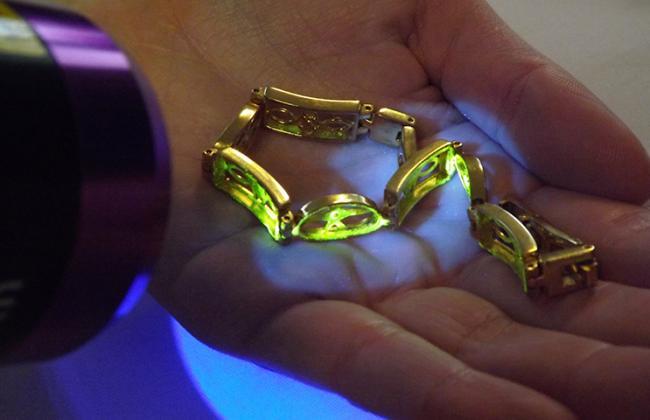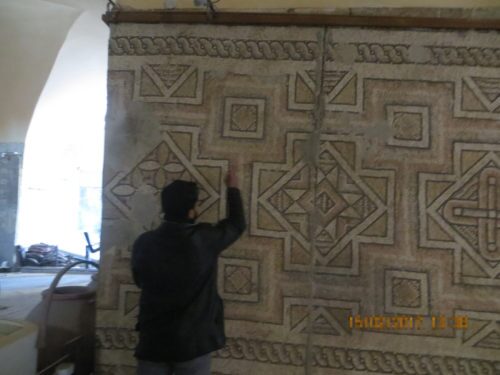It has survived millennia of conquests and human development, but whether Syria's cultural heritage will make it through the current civil war – which has reduced its ancient cities and UNESCO world heritage sites to rubble – is anyone's guess. International efforts to stop the plundering of Syria's heritage sites by banning the trade of looted artifacts have been soundly ignored by insurgents and smugglers. To stop the hemorrhaging of relics from the country, Syrian scholars are now turning to science to save what's left of their cultural legacy.
While it's difficult to pinpoint exactly how much ISIS has made from sales of "blood antiquities," some observers estimate the black market has generated as much as US$7 billion in profit. What is known is that the money is being used to bankroll the organization's war efforts and that Syrian artifacts are making their way to dealerships in Europe and online marketplaces such as eBay. However, recovering these stolen artefacts is a massive challenge because it is often impossible to prove their origin, especially after they've been auctioned off. The lack of paperwork makes it easy for smugglers and sellers to lie about the provenance of the items, and the complicated supply chain makes it difficult for authorities to know where to start to crack down on this illegal trade.
To address the problem, Amr Al-Azm, a Syrian archaeologist based at Shawnee State University in Ohio and a member of The Day After project, has teamed up with undercover operatives as well as British forensic liquid manufacturer SmartWater to tag the country's remaining antiquities with a water-based solution that has been specially developed to help thwart theft. A dab is all that's needed to embed the object with a unique forensic fingerprint. Once applied, the mark is visible only under UV black light and extremely difficult to remove.
SmartWater has been used by British police to crack down on crime in London – one of its early trials saw a 28 percent drop in burglary rates in the west London borough of Ealing and 440,000 more homes in burglary hotspots across the city are expected to receive a crime-fighting kit by 2018.

That said, protecting Syrian artifacts from looters is a different story. The country's harsh weather conditions, as well as the fragile composition of the artifacts, require a different formula than the one used to protect suburban properties in the British capital. The company developed a new range of solutions for heritage purposes: one that can be applied directly to objects made from certain materials such as stone, ivory, ceramic tile, glass and pottery, and a reversible option that is used with a base layer varnish so it doesn't come into contact with the surface of the object. These were then tested by Al-Azm and other scientists in the UK to ensure that the organic gasses or acids produced on application would not corrode the artifacts.
Each bottle of forensic liquid contains its own mixture of inert chemical compounds that forms a unique forensic code that is registered to a particular location, such as a museum. This information is stored in the company's database and if an object marked with the code turns up outside Syria, scientists can find out where it came from just by analyzing a swab of the material.
While this won't stop anyone from stealing them, what it will do is make it difficult for smugglers and collectors to feign ignorance about the provenance of the items. With this technology, scientists can match stolen antiquities to the information in their database, making it easier for law enforcement to prove that they were stolen.
The first shipment of the SmartWater reached Syria earlier this year and the solution has already been applied to Byzantine pottery, historical sculptures and Roman mosaics located in opposition-held territories, as well as the UNESCO World Heritage site of the Dead Cities. According to news reports, the eventual plan is to use it in areas under ISIS rule.

While it is still too early to determine the success of this initiative, for those fighting to save what's left of the country's cultural legacy, anything is better than doing nothing.
"Syria's heritage is under daily assault from looting and destruction by thieves and terrorists, and I do believe that SmartWater forensics will help to safeguard Syria's future by helping prove the origin of the looted and trafficked objects, which is a major milestone in the efforts to preserve Syria's history," says Al-Azm.
The company is currently working on formulas for other substrates such as canvas, paper, papyrus and vellum.
Source: SmartWater






